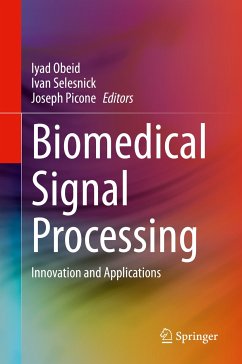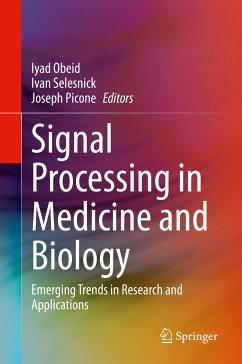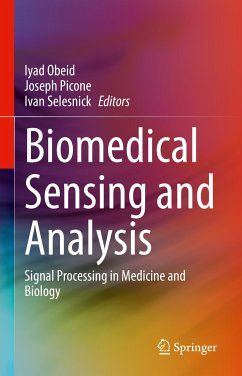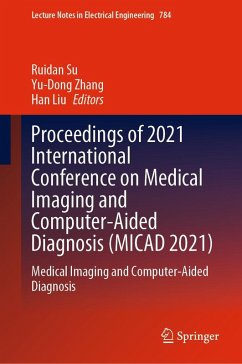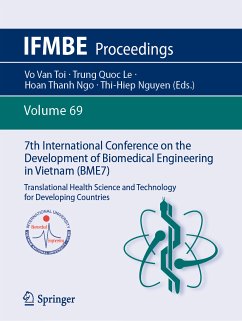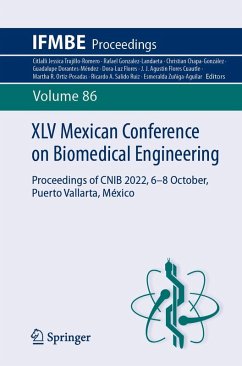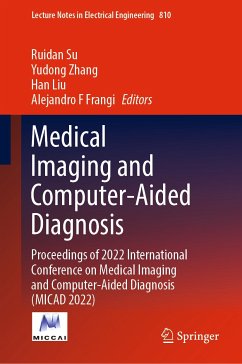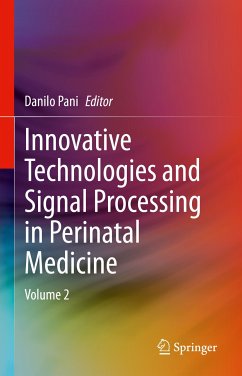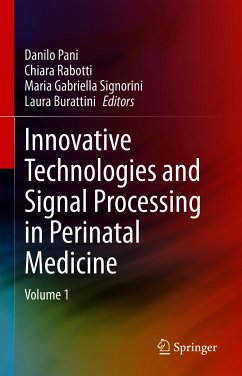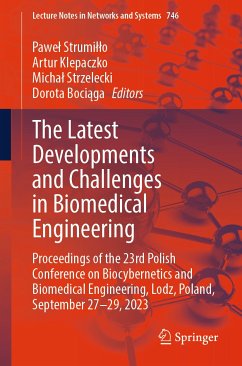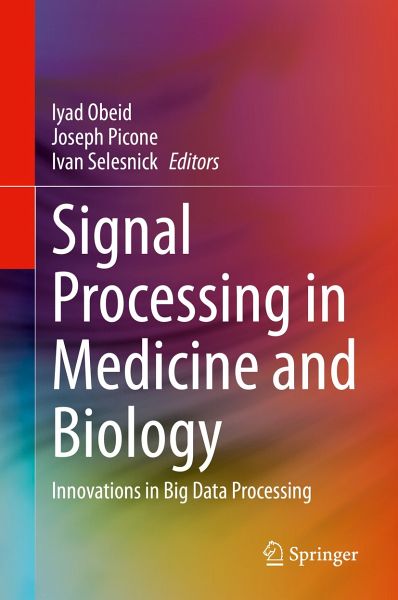
Signal Processing in Medicine and Biology (eBook, PDF)
Innovations in Big Data Processing
Redaktion: Obeid, Iyad; Selesnick, Ivan; Picone, Joseph
Versandkostenfrei!
Sofort per Download lieferbar
80,95 €
inkl. MwSt.
Weitere Ausgaben:

PAYBACK Punkte
40 °P sammeln!
¿Signal Processing in Medicine and Biology: Innovations in Big Data Processing provides an interdisciplinary look at state-of-the-art innovations in biomedical signal processing, especially as it applies to large data sets and machine learning. Chapters are presented with detailed mathematics and complete implementation specifics so that readers can completely master these techniques. The book presents tutorials and examples of successful applications and will appeal to a wide range of professionals, researchers, and students interested in applications of signal processing, medicine, and biol...
¿Signal Processing in Medicine and Biology: Innovations in Big Data Processing provides an interdisciplinary look at state-of-the-art innovations in biomedical signal processing, especially as it applies to large data sets and machine learning. Chapters are presented with detailed mathematics and complete implementation specifics so that readers can completely master these techniques. The book presents tutorials and examples of successful applications and will appeal to a wide range of professionals, researchers, and students interested in applications of signal processing, medicine, and biology at the intersection between healthcare, engineering, and computer science.
Dieser Download kann aus rechtlichen Gründen nur mit Rechnungsadresse in A, B, BG, CY, CZ, D, DK, EW, E, FIN, F, GR, HR, H, IRL, I, LT, L, LR, M, NL, PL, P, R, S, SLO, SK ausgeliefert werden.



